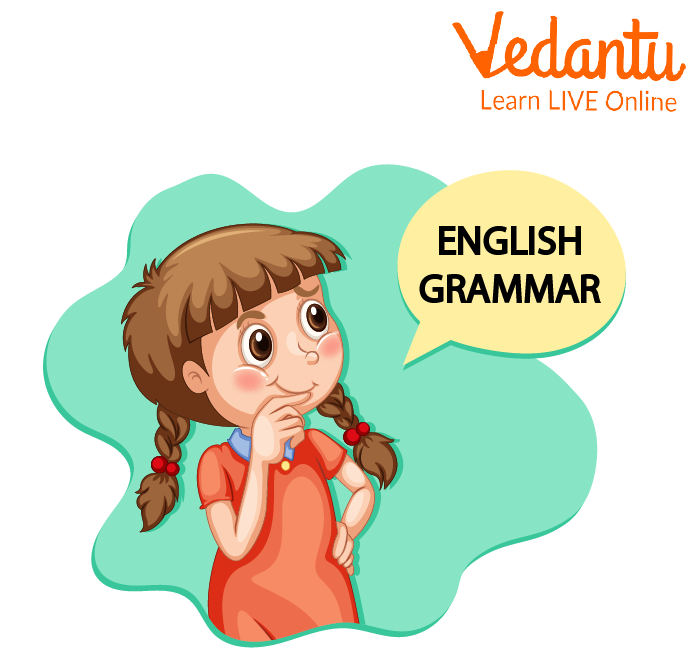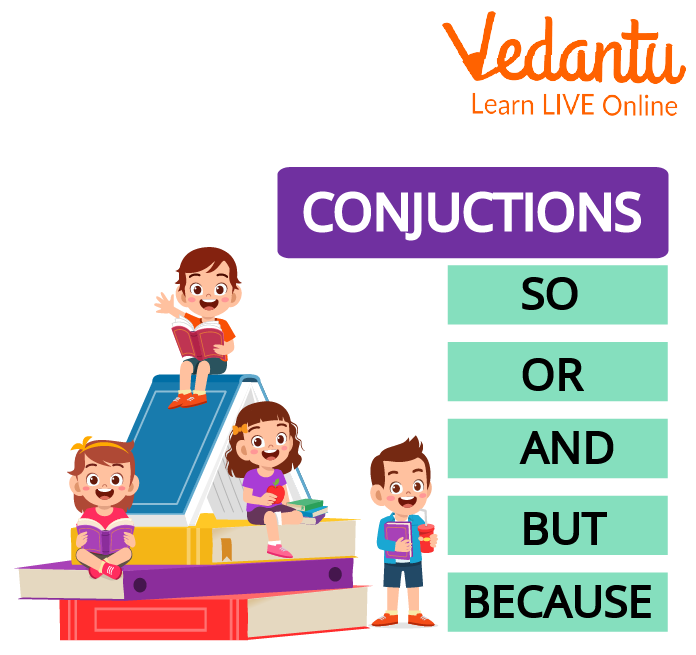CBSE Class 5 Conjunctions Worksheet with Answers for 2025-26 Preparation
FAQs on Conjunctions in Class 5 English Grammar: Complete Guide (2025-26)
1. What are the most important types of conjunctions to study for the Class 5 English exam (CBSE 2025-26)?
For your Class 5 English exam, you should focus on three main types of conjunctions. The most frequently asked questions come from:
- Coordinating Conjunctions: Words like 'for', 'and', 'nor', 'but', 'or', 'yet', 'so' (FANBOYS) that join two independent sentences.
- Subordinating Conjunctions: Words like 'because', 'since', 'after', 'although', and 'when' that join a main clause with a subordinate (dependent) clause.
- Correlative Conjunctions: Pairs of words like 'either...or', 'neither...nor', and 'not only...but also'.
2. What kinds of questions on conjunctions are typically asked in Class 5 exams?
In your exam, you can expect questions on conjunctions to appear in these formats:
- Fill in the Blanks: You will be given a sentence with a blank and a choice of conjunctions to fill it with. For example: 'He was late, ___ he missed the bus.'
- Joining Sentences: You will be given two separate sentences and asked to join them using a suitable conjunction. For example: 'She studied hard. She passed the exam.' would become 'She studied hard, so she passed the exam.'
- Multiple Choice Questions (MCQs): You will have to choose the correct conjunction from a list of options to complete a sentence.
3. Is there an important trick to remember coordinating conjunctions for my exam?
Yes, a very useful and frequently taught trick for remembering the seven coordinating conjunctions is the acronym FANBOYS. This is a great way to ensure you don't miss any in an exam question. Each letter stands for a conjunction:
- F - for
- A - and
- N - nor
- B - but
- O - or
- Y - yet
- S - so
4. Why is it important to know the difference between 'and' and 'but' for exams?
Understanding the difference between 'and' and 'but' is crucial for scoring marks in sentence-joining questions. Using the wrong one can change the entire meaning of the sentence. Remember this simple rule for your exam:
- Use 'and' to join two similar or related ideas (e.g., 'I like apples and bananas.').
- Use 'but' to join two contrasting or opposite ideas (e.g., 'He ran fast, but he missed the train.').
5. How can I avoid common mistakes with subordinating conjunctions like 'because' and 'so' in important questions?
This is a common point of confusion. Remember that 'so' is a coordinating conjunction (from FANBOYS) and 'because' is a subordinating one. To avoid mistakes:
- Use 'because' to show the reason or cause for something. It answers the question 'Why?'. (e.g., 'I stayed at home because it was raining.')
- Use 'so' to show the result or consequence of something. (e.g., 'It was raining, so I stayed at home.')
6. For a higher-level question, how do I decide when to use 'although' versus 'because'?
This is an excellent question that tests deeper understanding. Both are subordinating conjunctions, but they serve different purposes.
- Use 'although' (or 'though') to show a contrast or an unexpected outcome. It means 'in spite of the fact that'. (e.g., 'Although he was tired, he finished his homework.')
- Use 'because' to show a direct reason for an outcome. (e.g., 'He went to bed because he was tired.')
7. What are correlative conjunctions and why are they important for Class 5?
Correlative conjunctions are pairs of joining words that work together to connect two equal parts of a sentence. They are important for Class 5 as they help form more complex and balanced sentences. The most common pairs you'll be tested on are:
- either... or (for choices)
- neither... nor (for negative choices)
- not only... but also (for adding emphasis)



























